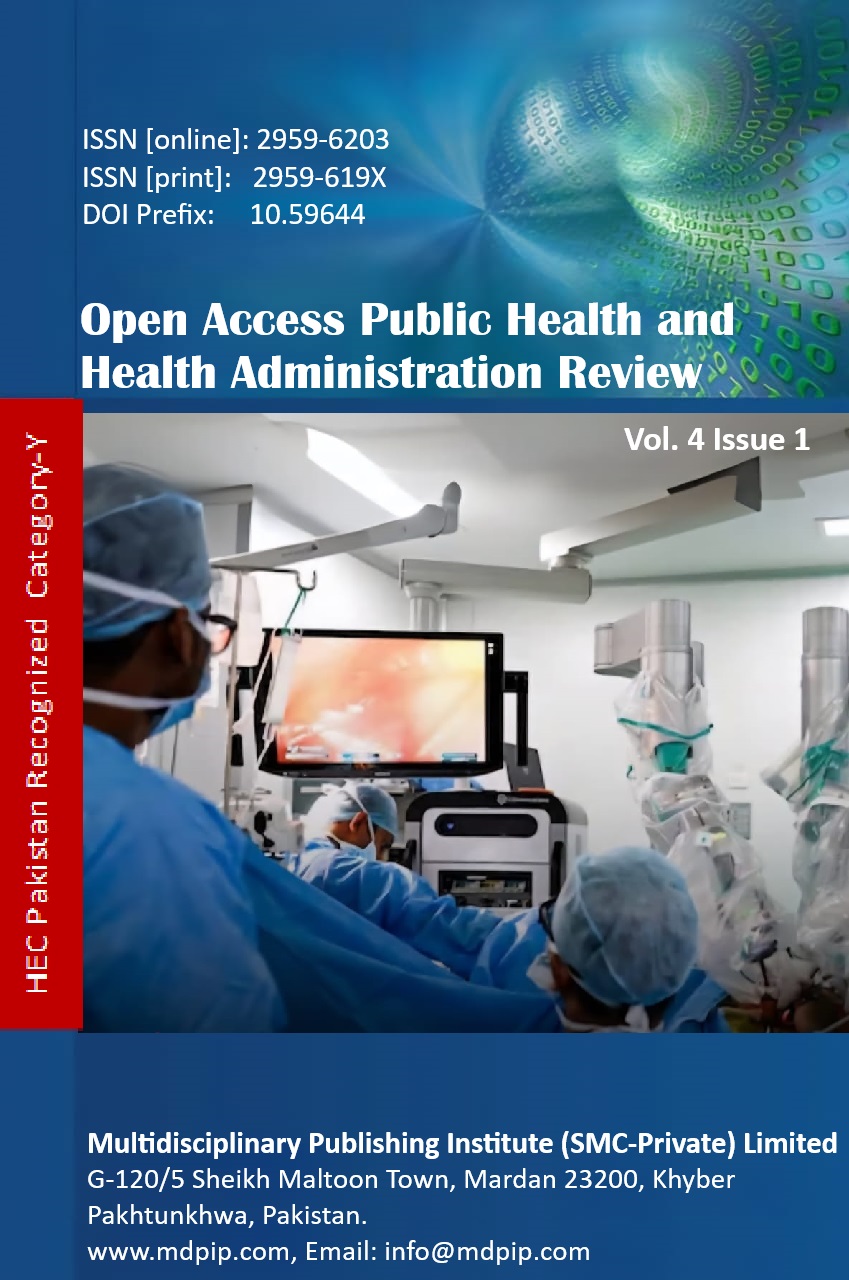Using AI to Integrate Multiple Omics to Predict the Mechanisms of Rare Diseases
DOI:
https://doi.org/10.59644/oaphhar.4(1).183Keywords:
AI, Multiple Omics, Rare Disease, Mechanism, DiagnoseAbstract
Rare diseases, which affect less than 1 in 2,000 people, are difficult to diagnose and treat due to their complex pathophysiology and genetic variation. Recent advances in artificial intelligence (AI) and multi-omics technologies, including proteomics, metabolomics, and genomics, may help us better understand the molecular mechanisms underlying these diseases. This study was aimed to explore how AI integrates multi-omics data to identify biomarkers, forecast treatment targets for rare diseases, and uncover disease-causing pathways. It highlights how AI may help with data complexity, enable personalized care, and enhance predictive modeling. Despite progress, problems like consistency, model interpretability, and data scarcity persist. By integrating recent research, this paper proposes future directions to accelerate clinical translation and highlights AI-driven multi-omics as a groundbreaking approach to understanding the mechanisms underlying uncommon diseases.






